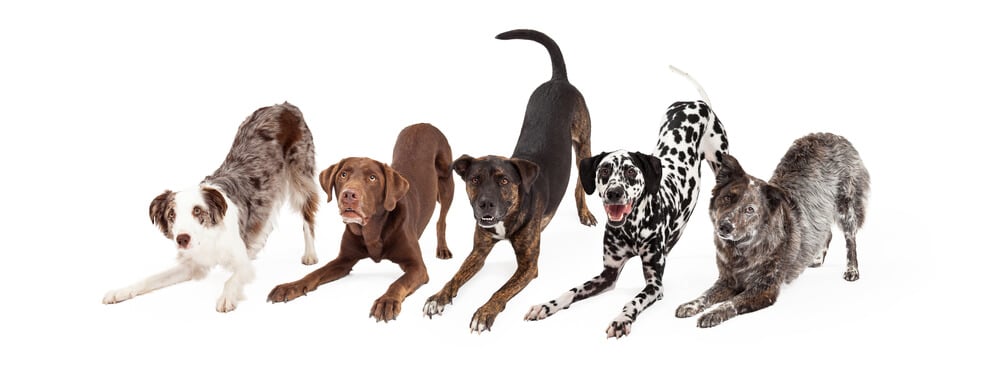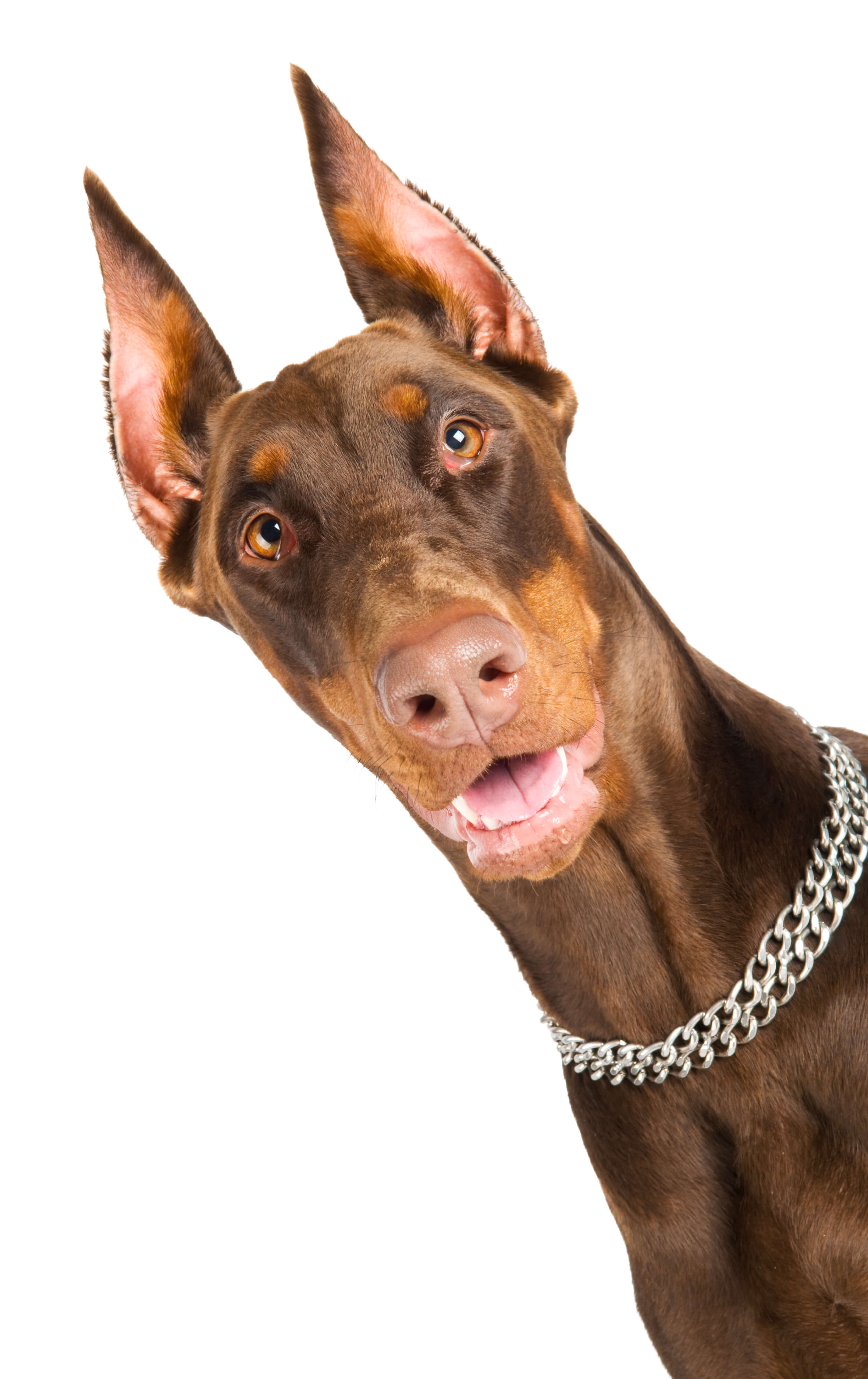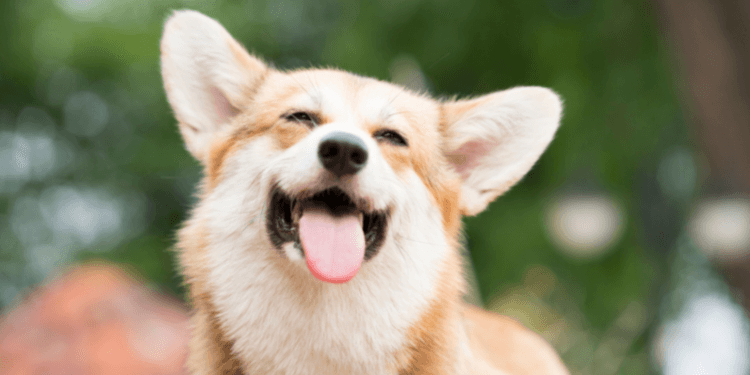Being a pet parent requires you to be a translator of sorts for a language you can’t always understand. Sometimes what your dog is trying to say is obvious. That tail-wagging, jumping up on you, bursting out of their skin happy dance they do when you come in from getting the mail? Nothing is lost in translation there.
But sometimes you may find yourself wondering, what are they trying to tell me with that bark? Does yawning mean they’re tired or anxious? And most importantly, how do I know if they’re happy with their life?
While unfortunately, you can’t learn how to speak dog, you can learn the not-so-obvious behaviors and body language that indicate your furry friend is content with their lot in life.
Here are 6 surprising ways to tell your dog is happy.
1. A (Loose and Low) Tail Wag
A wagging tail is the classic sign of a happy dog, right? That’s only partially true. If your dog is wagging their tail stiffly while holding their body erect, this may mean they’re alert and assessing a new situation, or could even be a sign of fear, tension, or aggression. A truly happy dog will hold their tail loosely and low to the ground, sweeping it back and forth.
2. Leaning In
If your pup likes to follow you around and has a tendency to lean on you, it’s a sign that they’re happy just to be by your side. While experts continue to debate whether this behavior of leaning on their human companions is a sign of affection or your dog wanting to assert their dominance as alpha, you can tell the difference by looking a little closer. When your pup leans on you, are they begging for food, asking to be petted, or positioning themselves as a protector between you and another person? If not, you can be pretty sure it’s a sign of affection. Think of it as a doggy hug.

3. Bowing Down
When your dog offers you a “play bow” – bending at the elbows with their chest to the ground and rear end up in the air – it’s a friendly invitation saying, “let’s play!” Dogs are social creatures
who love to clown around with their pack, so if your dog isn’t big on playtime, something’s likely amiss. Playful energy naturally decreases as dogs age, but in general, if you find your pup doesn’t get excited by the prospect of throwing a ball, going on a walk, or having a game of chase, schedule a trip to the vet to rule out any health problems or injuries. Then, make it a priority to spend quality time with your canine companion that stimulates and satisfies their curious, playful nature.
4. Smiling

Have you ever thought to yourself, “My dog is smiling right now…” and then immediately dismissed it as ridiculous? Turns out, you could be right! A real smile on a dog looks like this: soft eyes, perked-up ears, and a slack mouth that’s either closed or slightly open. Pair this with relaxed body language and you can be sure your pup is so glad they’re grinning.
5. Non-Destructive Behavior
Does your dog chew up your favorite pair of shoes and destroy the furniture when you leave the house? Some chewing is natural for dogs, as they use their mouths to explore their environments. But excessive, destructive chewing could be a sign of boredom, stress, and general unhappiness. If you find yourself in this predicament, make it a point to give your dog more mental and physical stimulation. Play games with them, exercise together and explore new turf regularly, and you’ll have a happier, healthier pup in no time.
6. Puppy Eyes
A contented dog will have a soft gaze, relaxed eyes and eyelids, and will blink often. Plus, if they stare adoringly into your eyes, this is a sure sign they truly love you. Researchers have found that prolonged eye contact between dogs and humans triggers a boost in oxytocin, the love hormone, in both parties. Next time your dog catches and holds your gaze, pair this with some gentle petting and sweet, calm words, and this will bolster the bond between you two even more. And trust us, nothing could make your dog happier.











